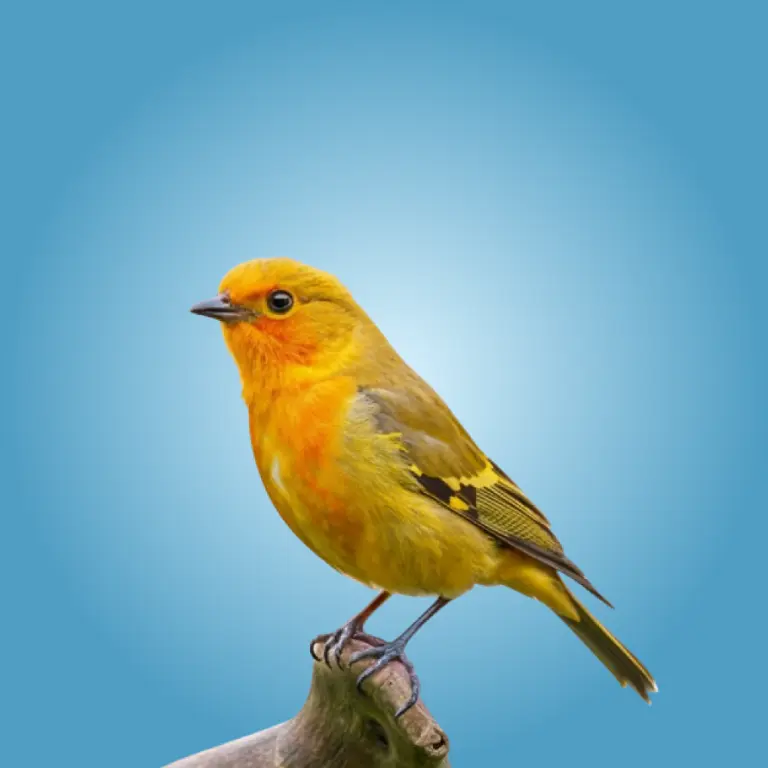Training a pet bird is one of the most rewarding experiences for any bird owner. It not only strengthens the bond between you and your feathered companion but also makes daily routines more enjoyable. Whether you’re teaching basic commands or fun tricks, bird training can bring endless joy to both of you. I know how exciting—and sometimes challenging—this can be. So, let me guide you through some essential tips on basic training for pet birds that will make the process easier and more enjoyable.
Here are 10 essential tips to get started on the right foot.
1. Start with Trust and Bonding
Before any formal training, trust between you and your bird is vital. Birds, especially species like parrots and cockatiels, are naturally cautious and need to feel secure. You wouldn’t want to start giving commands to someone you don’t trust, right? The same goes for your bird.

How to build trust?
Spend time near your bird’s cage, talk softly, and offer treats from your hand. Let your bird get used to your presence without rushing into physical contact. This will help them feel comfortable with you.
2. Create a Calm Environment
Birds are sensitive creatures. A chaotic or noisy environment can distract and stress them. When training, ensure the surroundings are calm and free from loud noises. Just like how you’d find it hard to focus in a crowded room, your bird needs peace to pay attention.
Tip for you:
Choose a quiet room where your bird feels safe. Avoid areas with sudden distractions like TV sounds or other pets.
3. Be Consistent with Commands
Consistency is key in any type of training, and birds are no different. Stick to the same words and gestures for each command to avoid confusing your pet. For instance, if you want your bird to step up onto your hand, always use the same phrase, such as “step up,” along with a hand gesture.
Why does this matter?
Birds thrive on repetition. They’ll learn faster when they hear the same commands in a consistent tone.
4. Short Training Sessions Work Best
Birds, like many other pets, have short attention spans. Long, drawn-out sessions can tire them and lead to frustration for both of you. Keep training sessions short and sweet—around 5 to 10 minutes per session.
Break it down:
Two or three short sessions per day are far more effective than a long one. Your bird will look forward to these moments, associating them with fun and rewards.

5. Use Positive Reinforcement
Training should always be a positive experience for your bird. Focus on positive reinforcement, which means rewarding your bird whenever they successfully perform a task. This could be their favorite treat, a gentle head scratch, or verbal praise like “good bird!”
Avoid punishment:
Negative reinforcement doesn’t work well with birds. It can damage the trust you’ve built and make your bird fearful. Stay patient, and always reward good behavior.

6. Focus on Basic Commands First
While it’s tempting to jump straight into fun tricks like spinning or dancing, it’s essential to start with the basics. The most important commands for any bird to learn are “step up” and “step down”. These will make daily interactions easier, like moving your bird from their cage or perch to your hand.
How to teach “step up”:
Hold your finger or perch just above your bird’s feet and say “step up.” Gently encourage them to step onto your hand. Reward them with a treat immediately when they do it correctly.
7. Patience is Everything
Training a bird doesn’t happen overnight. Birds, especially younger ones, can take time to understand new commands. It’s perfectly okay if your bird doesn’t grasp a command immediately. Every bird learns at their own pace. Following the basic training for pet birds will help a lot for this.
Tip for you:
If you feel frustrated, take a break. Remember, your bird will pick up on your energy, so staying calm will help keep the training positive.
8. Use the Power of Treats and Praise
Treats are one of the best tools for reinforcing good behavior. Use small, easy-to-eat treats that your bird loves. It could be tiny pieces of fruit, seeds, or a special snack. Just be careful not to overfeed, especially if your bird has dietary restrictions.

Verbal praise works too:
Birds respond well to your tone. A happy “Good job!” or “Well done!” will make them feel proud of themselves. Isn’t it heartwarming to think your bird is learning and happy at the same time?
9. Respect Your Bird’s Limits
Some birds are more eager to learn than others, and that’s okay. If your bird seems uninterested or stressed, stop the session and try again later. Forcing them into training will only cause frustration for both of you. So follow the basic training for pet birds.
Know when to pause:
If your bird starts fluffing up, looking away, or biting, these are signs they’ve had enough. Respect their limits and always end on a positive note.

10. Gradually Increase Difficulty
Once your bird masters the basics, it’s time to move on to more challenging commands. This could be teaching them to wave, spin, or even talk, depending on your bird’s capabilities. But remember, don’t overwhelm them. Build up the difficulty gradually.
Fun idea:
Try teaching your bird to come to you when called! Use their name and a command like “come here.” Reward them as soon as they respond.
Bonus Tip: Be Present and Engaged
Training a pet bird is a journey. You and your bird are in this together. Be present during your training sessions and make them engaging. Birds are incredibly intelligent and social creatures, and the more energy and love you put into the process, the more you’ll get back.



















